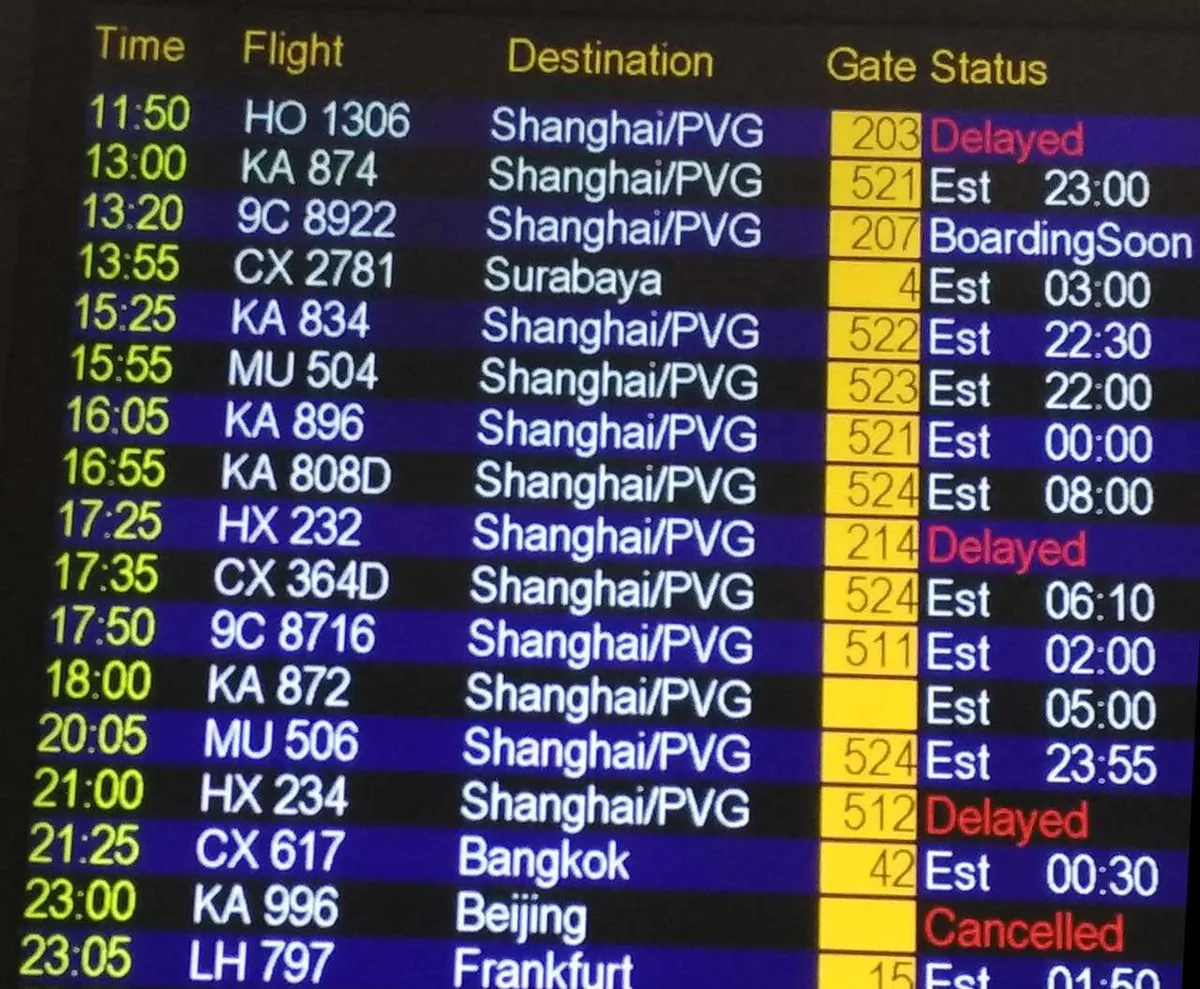Shanghai Braces for Typhoon Bebinca: Flights Canceled, Evacuations Underway
Shanghai prepares for Typhoon Bebinca's landfall, canceling flights and evacuating residents. The storm is expected to bring strong winds and heavy rainfall to China's eastern coast.

As Typhoon Bebinca approaches the eastern coast of China, Shanghai is implementing extensive precautionary measures to mitigate potential impacts. The metropolis, known as the most populous urban area in China and a global economic powerhouse, is facing significant disruptions to its transportation systems.
Airport authorities have announced the cancellation of over 600 flights scheduled after 8 p.m. local time at both Shanghai Pudong International Airport and Shanghai Hongqiao International Airport. Pudong, one of the world's busiest airports, primarily handles international flights, while Hongqiao focuses on domestic and regional routes. This decision reflects the severity of the approaching typhoon and the prioritization of passenger safety.

In addition to air travel restrictions, Shanghai officials have implemented measures to limit ground transportation. Several bridges have been closed, and movement on certain highways has been restricted. These actions are part of a comprehensive strategy to protect residents and infrastructure from the impending storm.
The China Meteorological Administration has classified Bebinca as a strong typhoon, with wind speeds expected to reach 151 kilometers per hour (94 mph) by Sunday night. Typhoons, which are tropical cyclones forming in the Northwest Pacific Basin, typically occur between May and October and can cause significant damage through high winds, heavy rainfall, and storm surges.
Preparations for Bebinca's arrival extend beyond Shanghai. In the nearby archipelago of Zhoushan, located in the East China Sea, businesses have shut down early, and public transportation services have been suspended. This proactive approach aims to minimize potential risks to residents and visitors.
Authorities have reported the evacuation of 377,000 people from various parts of Shanghai. This massive relocation effort underscores the potential severity of Typhoon Bebinca and the government's commitment to protecting its citizens. The Yangtze River Delta region, where Shanghai is situated, is one of China's most developed and prosperous areas, making effective disaster preparedness crucial for both human safety and economic stability.
Meteorologists predict that the areas most severely affected by Bebinca could receive up to 25.4 centimeters (10 inches) of rainfall. This substantial precipitation, combined with strong winds, poses risks of flooding and structural damage in coastal areas.
As climate change continues to influence weather patterns globally, experts anticipate an increase in the intensity of typhoons in the future. This trend highlights the importance of ongoing improvements in disaster preparedness and response strategies, particularly for coastal cities like Shanghai that are vulnerable to such extreme weather events.
While Typhoon Bebinca presents significant challenges, Shanghai's extensive experience with typhoon preparedness, coupled with its advanced infrastructure and emergency response systems, positions the city to weather the storm effectively. As residents and authorities alike brace for impact, the coming hours will be crucial in determining the extent of Bebinca's effects on this vital economic and cultural hub of China.


































